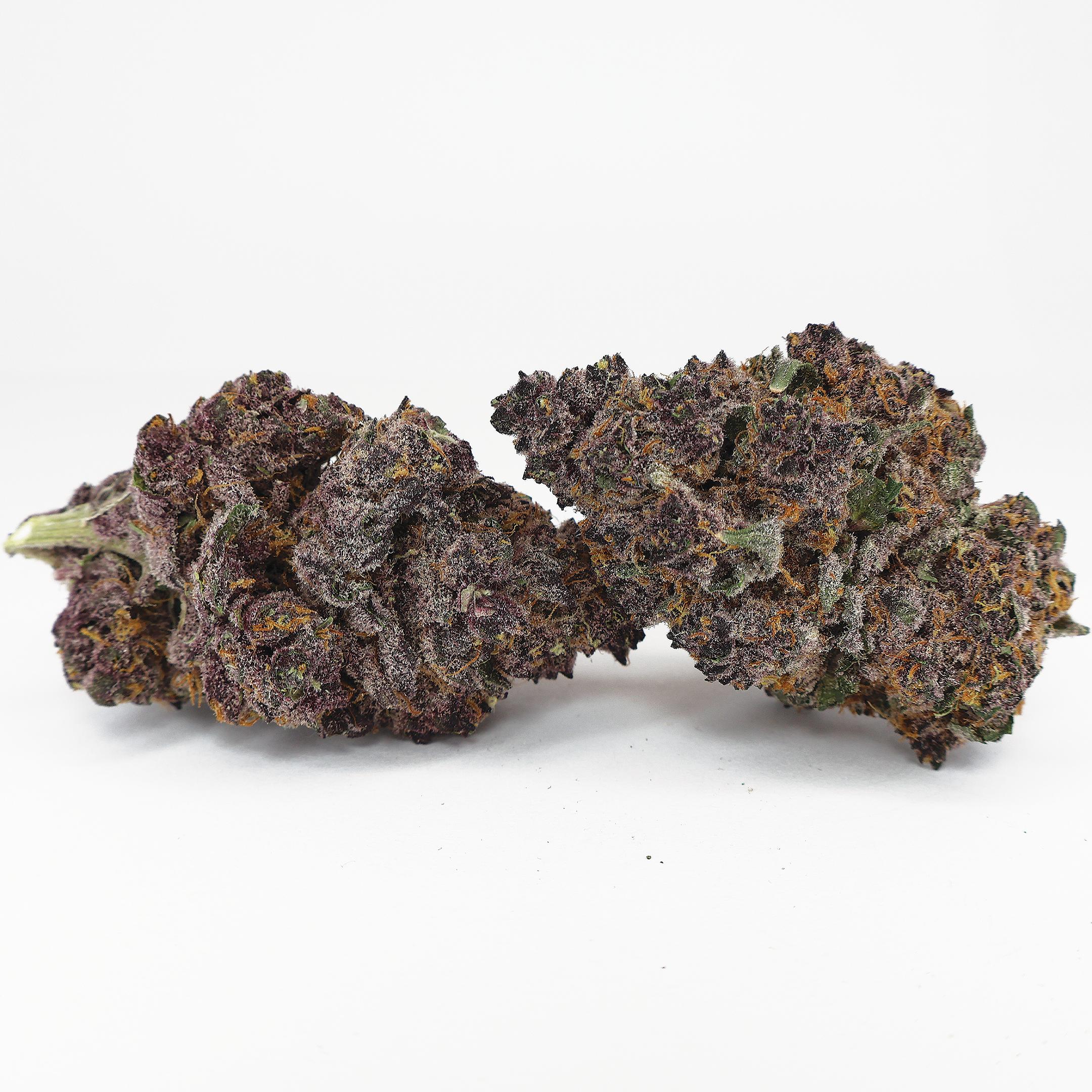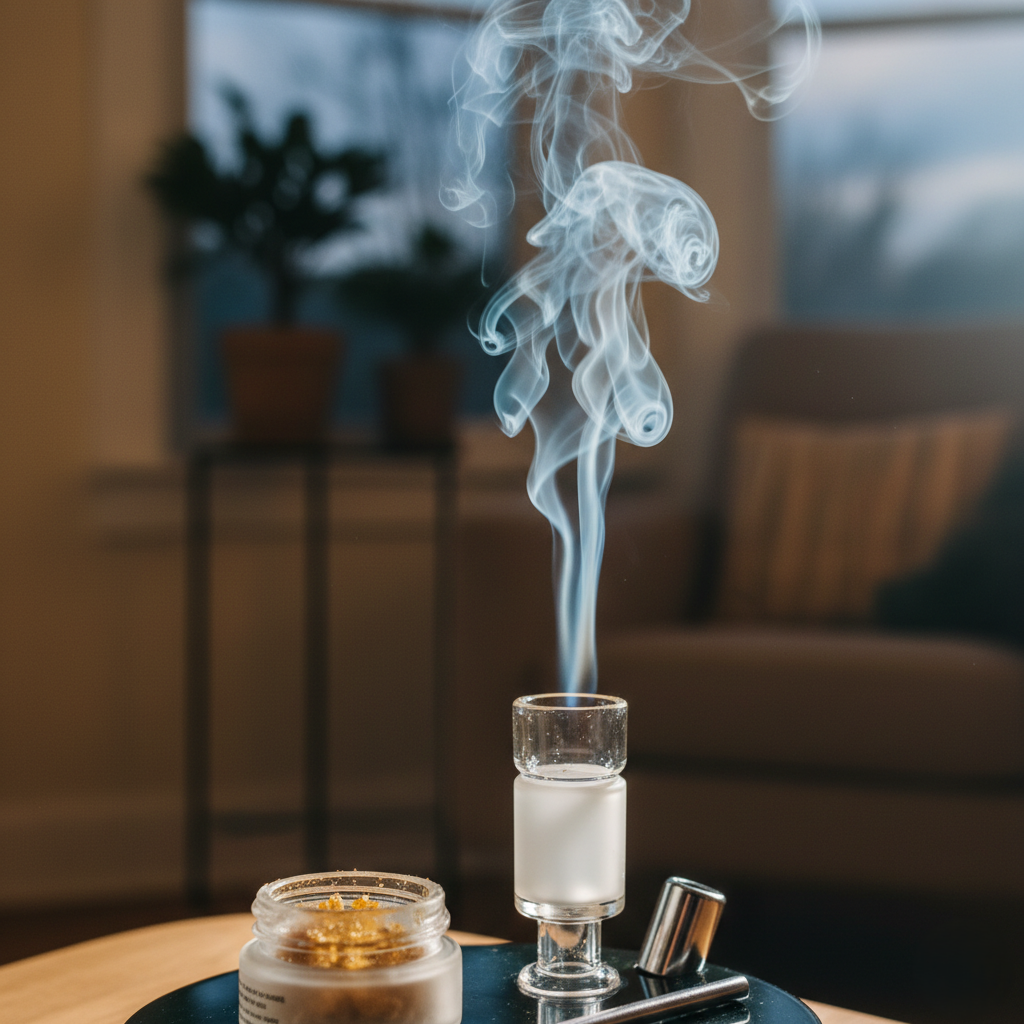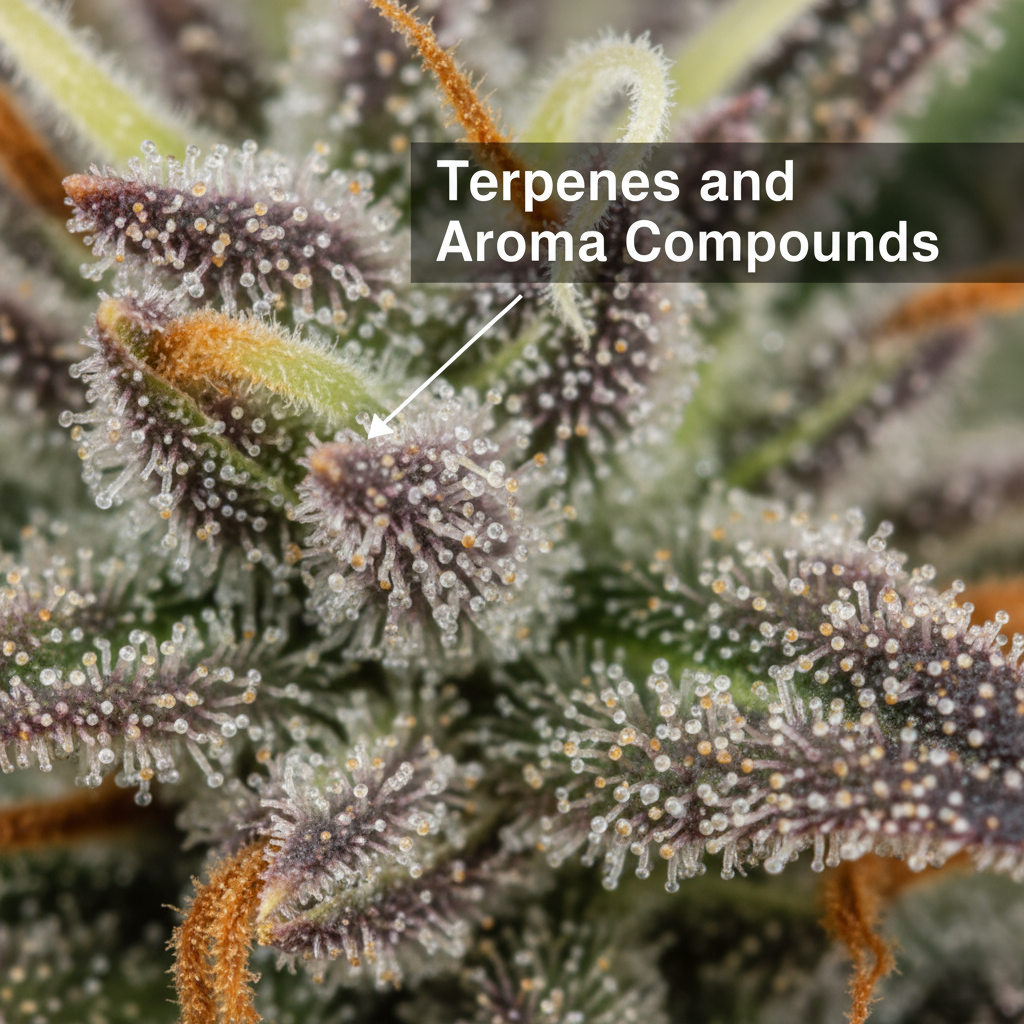
what-are-differences-between-spliffs-blunts-and-jo
The world of cannabis is full of choices, and for many, smoking remains the most classic and accessible method of consumption. But if you’re new to the culture, or even if you’ve been enjoying cannabis for years, you might still wonder: What’s the difference between spliffs, blunts, and joints?
These three forms may seem similar at first glance, but each offers a unique experience, flavor, and function. Let’s explore how they differ in construction, effect, and social context so you can better decide which one suits your style.
Understanding the Cannabis Smoking Evolution
Cannabis has traveled the world, from ancient rituals in Asia to Caribbean beach sessions, and modern social circles in legalized states. While bongs, vapes, and edibles offer different highs and flavors, rolling up remains the go-to for many cannabis lovers.
Whether you're rolling solo or puffing with friends, understanding spliffs, blunts, and joints will enhance your session and prevent awkward social faux pas.
What Is a Spliff?
Definition: A spliff is a hand-rolled cigarette that blends cannabis and tobacco in varying ratios.
Why people love it:
-
Milder high: The addition of tobacco dilutes the cannabis, leading to a smoother, more manageable experience.
-
Easier to roll: The tobacco adds consistency, making spliffs less sticky and easier to handle.
-
Discreet aroma: Mixing with tobacco tones down the strong cannabis scent, which can be beneficial in public settings.
Where it’s popular: Spliffs are particularly common in Europe, where tobacco and cannabis are often combined due to availability and cultural norms.
Good to know: If you're sensitive to nicotine or simply prefer a pure cannabis experience, spliffs may not be for you. However, they’re ideal for extending your stash or enjoying a subtle buzz.
What Is a Blunt?
Definition: A blunt is a cigar or cigarillo emptied of tobacco and refilled with ground cannabis, often wrapped in a tobacco-based leaf.
What makes it unique:
-
Thicker and slower-burning: The robust outer wrap allows for a longer-lasting smoke session.
-
Tobacco infusion: Even without added tobacco, the wrap imparts a mild nicotine buzz and distinct aroma.
-
Social favorite: Their size and durability make blunts ideal for group sessions.
Origins: Blunts are thought to have originated in the Caribbean and hip-hop culture, gaining popularity in urban areas where cigars were easily available.
How to roll your own:
-
Split a cigar along its seam.
-
Remove the tobacco filler.
-
Fill it with ground cannabis.
-
Re-roll and seal with moisture.
-
Optional: Add a filter for a smoother draw.
Blunt wraps on the market: Brands like Dutch Masters, Backwoods, and Swisher Sweets offer flavored wraps and pre-made blunt tubes to simplify your experience.
What Is a Joint?
Definition: A joint is a rolled cannabis cigarette made purely with rolling paper and flower, no tobacco involved.
Why they’re so iconic:
-
Pure cannabis experience: No additional nicotine, just the taste and effects of the cannabis strain.
-
Customizable: You can add filters (also called tips or crutches), double-roll with hemp paper, or even use flavored wraps.
-
Easily accessible: Joints require only basic rolling papers, which come in a range of sizes and materials.
Rolling your own joint:
-
Choose your preferred rolling paper (hemp, rice, or even organic options).
-
Grind your cannabis evenly.
-
Add a filter tip to improve structure and prevent debris.
-
Roll it up, seal it, and enjoy.
Pro tip: Double-rolling your joint reduces the harshness of the burn and adds durability, especially for beginners.
Pre-rolls vs. DIY: You can buy joints already rolled at dispensaries (pre-rolls), but rolling your own gives you more control over strain, size, and filters.
Main Differences at a Glance
| Feature | Spliff | Blunt | Joint |
|---|---|---|---|
| Contains Tobacco | Yes (mixed inside) | Yes (tobacco leaf wrap) | No |
| Size | Small to medium | Medium to large | Small to medium |
| Smoke Duration | Shorter burn | Longer burn | Moderate |
| Aroma/Flavor | Subtle cannabis/tobacco mix | Rich, bold tobacco infusion | Pure cannabis aroma |
| Nicotine Buzz | Yes | Yes | No |
| Best For | Milder high, casual users | Group sessions, long smoke | Pure cannabis experience |
Final Thoughts: Which One’s Right for You?
When choosing between a spliff, blunt, or joint, the right option depends on your goals and preferences:
-
Want a long, flavorful smoke and don’t mind tobacco? Go with a blunt.
-
Looking to stretch your stash and enjoy a milder high? Try a spliff.
-
Craving a clean, pure cannabis experience? A joint is your best bet.
No matter your pick, remember that the quality of your flower and how it’s rolled often makes more difference than the style itself. Take time to explore, roll with care, and above all, smoke responsibly and respectfully. Also, check out more content like this if you are interested.






Share:
The 6 Unwritten Rules of Smoking Cannabis Every User Should Know
The Complete Guide to Medical Cannabis for Senior Citizens